I came across this example in a MDN doc, for example:
class Search1 {
constructor(value) {
this.value = value;
}
[Symbol.search](string) {
return string.indexOf(this.value);
}
}
If I pull up node, and run just the line included as part of the object literal, it doesn't work:
> Symbol.search
Symbol(Symbol.search)
> [Symbol.search]
[ Symbol(Symbol.search) ]
> [Symbol.search]('somthing')
TypeError: [Symbol.search] is not a function
I think I've also seen this syntax in a few other places, like e.g. in the react docs:
handleChange(event) {
this.setState({ [event.target.id]: event.target.value });
}
Is this just a use of destructuring syntax? It doesn't seem like it.
